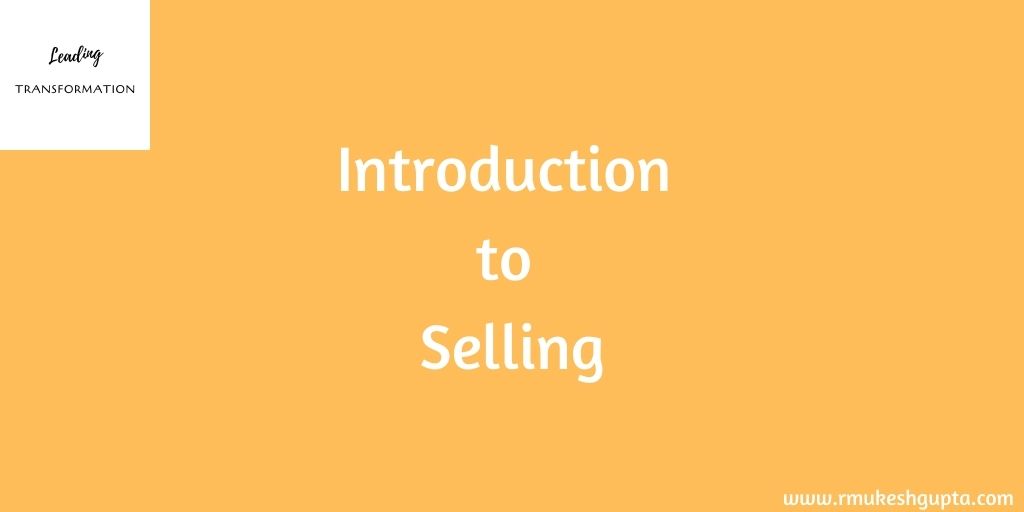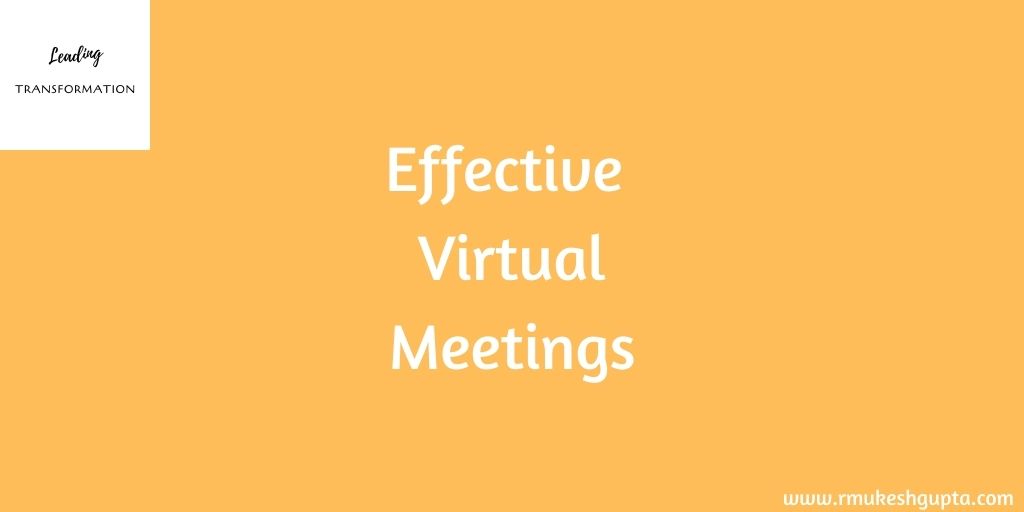In the recent past, there has been a lot written about the fact that the entire buying process has undergone a sea change and due to which selling is becoming more and more difficult.
I am herewith suggesting a process if when followed can still help sales teams succeed and improve their sales effectiveness dramatically.
S — Surprise: This is the first step in the process and also the most important step. In order to be able to do this, you need to understand your customers business better than they themselves know and find an insight which will surprise them. You can uncover these insights by any one of the below steps:
- Network across layers of the organization: Most organizations are really complex and it is almost impossible for CxO’s to have access to their own front-line staff. If you are able to connect with both and the folks in-between, you have a good possibility to uncover insights that the CxO’s might not otherwise find.
- Talk to their customers or suppliers or partners: Depending upon the stated objectives of your customer, go talk to their customers or suppliers or partners. For example, if your customer is focused on top line growth and has taken up agressive revenue growths, you could go and talk to their customer/prospects. Try and understand from their perspective, what is their expectations from their supplier and see if you are able to uncover a blindspot for your customers.
- Industry Swaps: Think if there is something that they could learn from other industries, which when adapted in their organizations could give them an edge over their competitors.
- Paint a picture for your customer about what their future could be, if they act on the insight that you have uncovered for them.
- At this stage, average or good sales people build a business case to support whatever they are trying to sell and start pushing for a close. However, Great sales people will not do that yet. They will paint a bigger picture of the future. They will try and inspire their customers to go after that future.
- Once, they have inspired their customers about the possibilities in the future, they will motivate their customers to act on the insight.
- In most cases (if not in all), this involves getting your customers to set-up internal meetings, sharing the insight with their colleagues and start discussions internally about the insight and by doing so, own the vision. This ownership keeps them motivated to build consensus within their organization to act on the insight.
- It is the role of the sales executive to ensure that the level of motivation does not go down.
- Once there is consensus built within the customer organization, great sales executives will them position themselves to be the best partner to help their customers to realize their vision.
- This is the time when they actually start talking about their product or service or solution and how they can help realize the vision.
- Once they have positioned themselves well, they will then lead their customers during the discussions around the negotiations.
- Instead of negotiating with their customers, they will consistently lead their customers to a situation wherein everyone is happy with what they got.
- This is when they close the deal and get the order.
E — Engage:
- Great sales people do not stop there. They will continue to work with their customers to ensure that the execution of the product or service or strategy is executed so that their customers realize their vision of the future they had started out with.
- This one step along increases their value and trust on them so much that the next round of sales becomes much easier and faster. This is also the step where most of the average or good sales executives falter.
At the engage phase, they again start looking at ways to surprise their customers again and re-start the cycle.
Now, if you follow the SIMPLE framework, I think you will end up not only meeting your sales quotas but exceeding your quotas, year-after-year. You will also have a list of customers who might even give you a chance by going out of their way, just to do business with you.
What do you think about this framework? Do you think this will work for you? Share your thoughts and comments.
You could connect with me on twitter, LinkedIn, Facebook, Google+.




8 thoughts on “Introducing the “SIMPLE” Framework To Increase Your Sales Effectiveness”
Comments are closed.